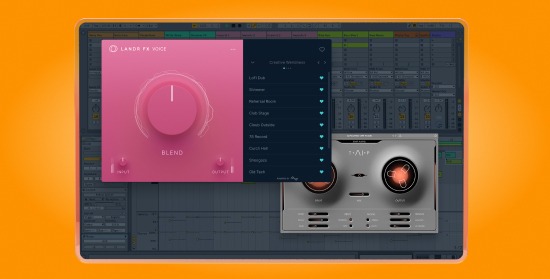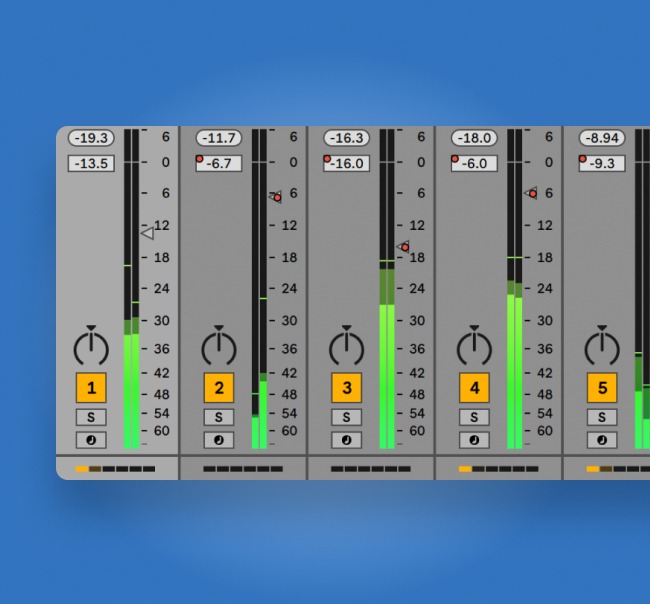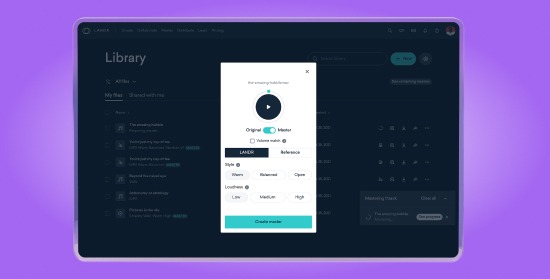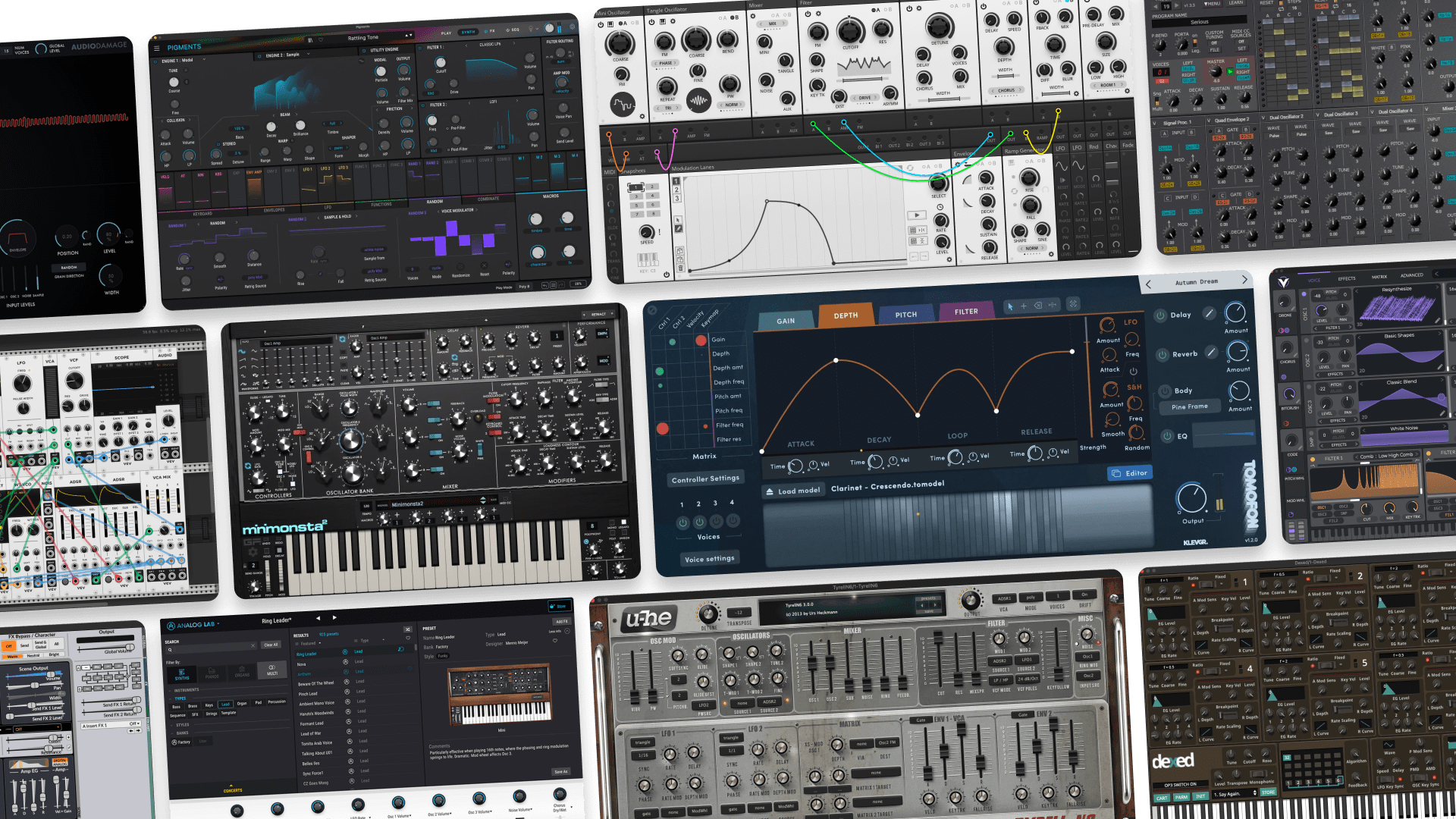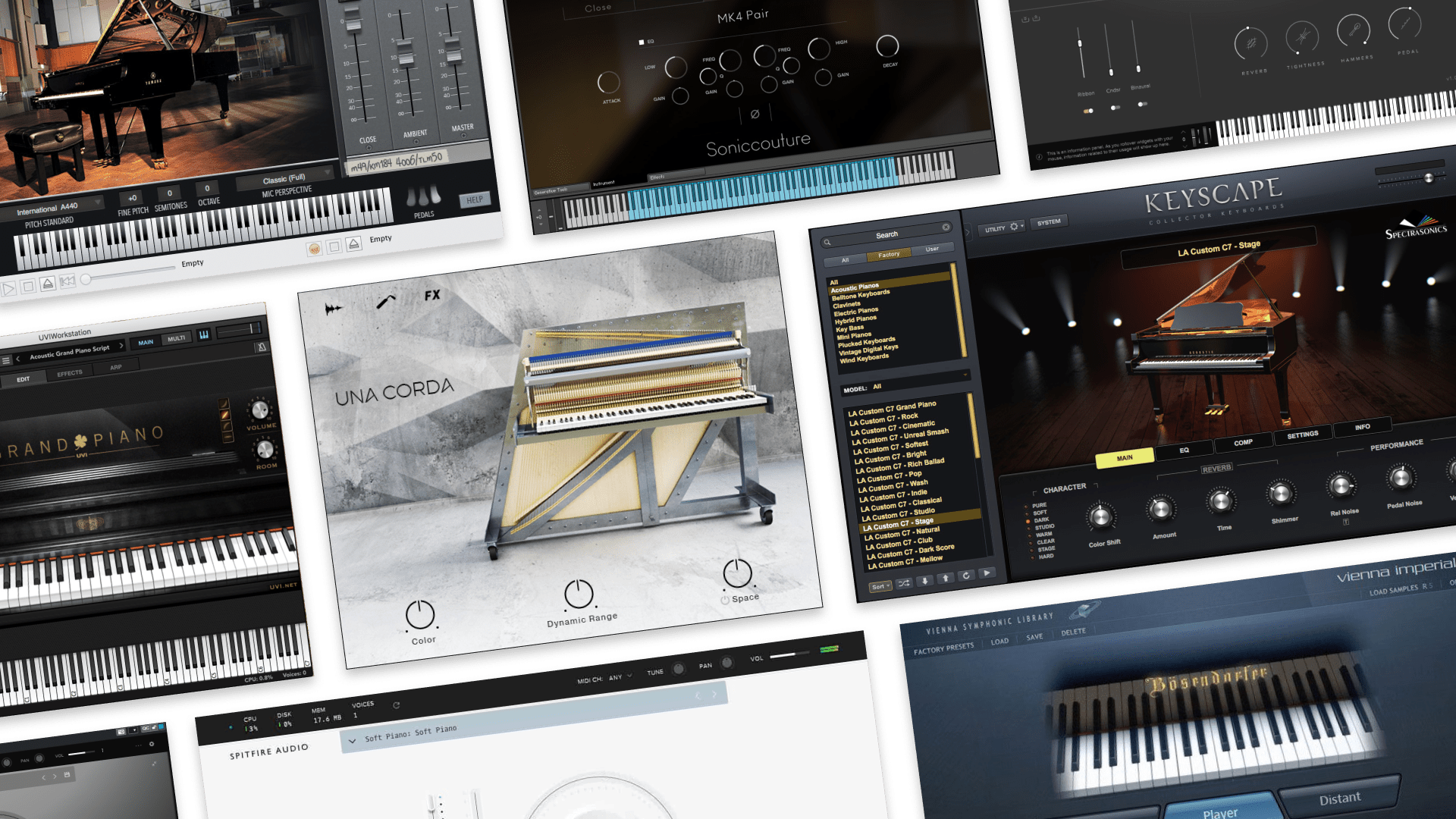
How to Use Multiband Compression for a Better Mix
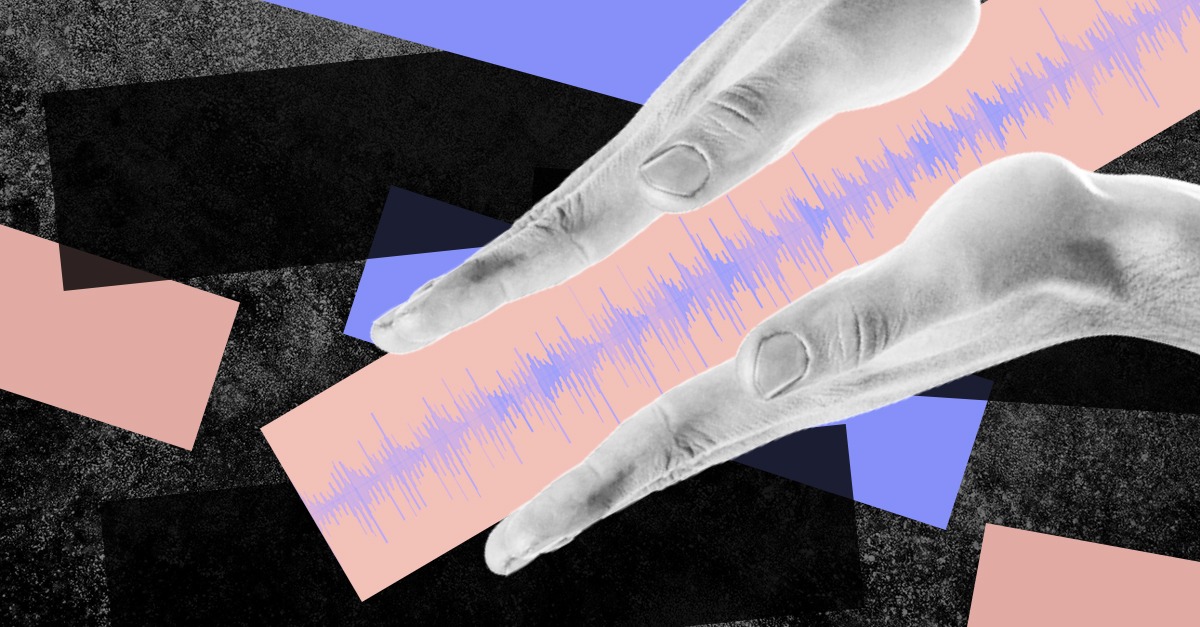
Multiband compression is a unique type of dynamics processing
It’s a powerful compresor style that can address mix problems you might have thought were unfixable.
But multiband compressors can be tough to understand, especially when you try them for the first time.
Even so, they’re worth learning for the extra control they offer on sources with complex dynamics.
In this article I’ll go through how multiband compression works and the situations where it sounds best.
Let’s get started.
Compressor basics
To get the most from multiband compression you need to start with a basic understanding of how normal compressors work.
Check out our in-depth guide to compression if you a need a full refresher, but there’s the quick version:
Compressors are used in mixing to reduce the dynamic range of signals. Their effect makes the difference between the loudest and quietest parts of a sound less extreme. Compressors work by measuring the level of the input signal and turning it down whenever it goes above a set threshold. They include controls to dial in the timing and intensity of the level reduction effect.
Multiband compression works in much the same way, but with a twist.
Compressors work by measuring the level of the input signal and turning it down whenever it goes above a set threshold.
Let’s dive in.
What is multiband compression?
Multiband compression is a form of compression in which individual frequency bands separated by crossover filters receive different dynamics processing. Compressing individual bands with different settings provides more detailed control over the signal and allows the engineer to alter dynamics in specific frequency areas.
If that sounds complicated, all it means is that a multiband compressor is like several compressors in one.
Each individual compressor only acts on a specific set of frequencies. You choose the threshold, ratio and attack/release settings for each compressor as well as the frequency range it will affect.
That’s where crossovers come in.
What is a crossover?
A crossover in audio is a set of steep filters that divide certain frequency ranges in a signal for separate processing. Crossovers are often used in loudspeaker design to separate ranges of frequencies for amplification by the type of speaker best suited to reproduce them.
If that sounds technical, don’t worry. All it means is that crossover filters let you process individual frequency bands of a signal with separate settings.
In multiband compression, you can usually choose how many bands are used as well as the frequencies of each crossover point.
How multiband compression works
A traditional compressor applies the gain reduction effect equally to the entire signal.
If you’ve ever tried to compress a sound source with complex dynamics like an entire mix, you might have experienced the drawbacks of this approach.
Compressing frequency bands individually is one way to solve it.
In fact, you might already be familiar with the most basic form of multiband compression—de-essing.
The harsh ‘S’ sounds that can show up with certain vocalists or microphone types occur mainly in the sensitive 2.5kHz-8kHz frequency area.
This sound is called sibilance and it can sound much louder than other elements of the vocal in a recording. Aggressive sibilance distracts listeners from the singer’s performance.
De-essers were designed to help engineers combat the effects of harsh sibilance.
A de-esser is a compressor that only acts on the frequency band where the sibilance occurs.
A de-esser is a compressor that only acts on the frequency band where the sibilance occurs.
By engaging the compressor and reducing the level only when the harsh ‘S’ sounds occur, you can tame the aggressive peaks that are most distracting to the listener.
Multiband compression is an extension of this idea. A typical setup involves three bands—one for the bass, midrange and treble frequencies.
You might set the crossovers on the lowest band to act on material up to 200 or 300 Hz. Moving up from there, the midrange band might extend up to about 3-5 kHz.
The high band would then take over and act on the rest of the frequencies in the signal.
This is just an example, but you can see how setting the compression differently for these three key frequency areas can give you deeper control.
Where to use multiband compression
You can use multiband compression anywhere traditional broadband doesn’t . That makes it perfect for sources like:
- Entire mixes
- Samples with multiple instruments
- Synth patches with broad frequencies
- Dynamic vocals
To show how they can help I’ll go back to the example of compressing an entire mix.
But before we get too far it’s worth pointing out that processing a full mix like this can be tricky.
Applying plugins to the stereo master track of your mix is a powerful technique that can make sweeping changes to the sound very quickly. In fact, it’s easy to do more harm than good if you don’t go in with a clear goal.
Applying plugins to the stereo master track of your mix is a powerful technique that can make sweeping changes to the sound very quickly. In fact, it’s easy to do more harm than good if you don’t go in with a clear goal.
Keep your mix bus processing subtle and avoid processes that strongly affect the headroom of your track like limiting.
If you’re unsure about master bus processing, consider leaving it out altogether and letting the mastering process deal with it.
With that out of the way, standard compressors sometimes don’t work perfectly on an entire mix.
You might get the right amount of gain reduction on the lead instruments and vocals only to have the compressor trigger too aggressively on the kick and bass.
You could simply highpass the compressor’s sidechain, but then you wouldn’t be compressing the low end at all.
With multiband compression you can set the low band’s threshold high to avoid squashing the bass and the thresholds of the other bands lower to achieve even gain reduction across the mix.
You’ll still be controlling the low end with compression, just not so much that the mix loses punch and impact.
Multiband madness
Multiband compression is an advanced tool that can help fix problems in your mix.
Its unique approach will get you thinking differently about the relationship between frequency and dynamics too.
If you know your way around standard compressors and want even more fine grain control over your sounds, multiband compression might be the solution.
Gear guides, tips, tutorials, inspiration and more—delivered weekly.
Keep up with the LANDR Blog.
